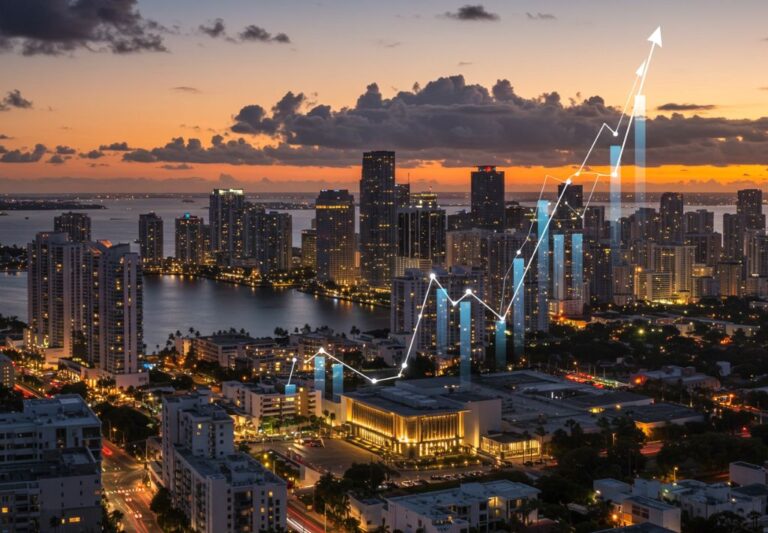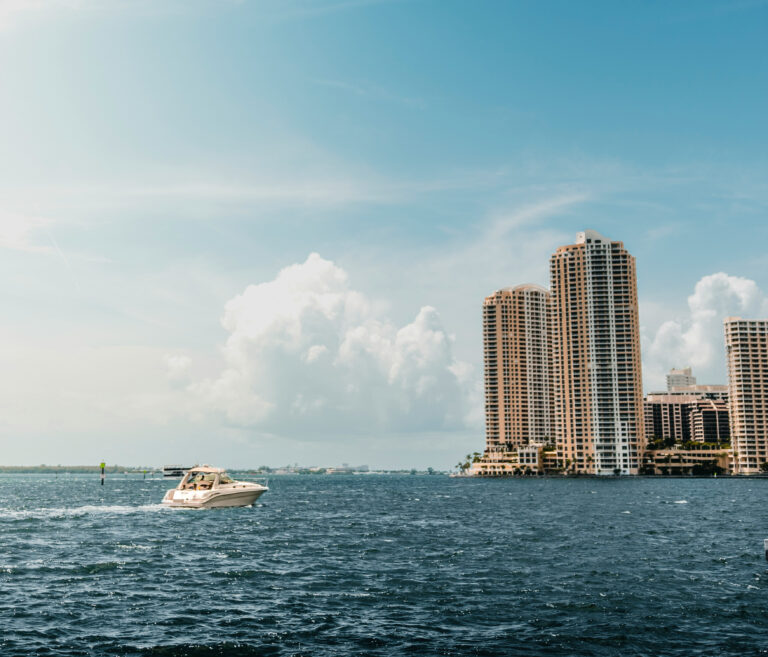The Truth About Cap Rates On Your Real Estate Investments
Due diligence is everything. But paralysis by analysis can slow you down when due diligence really becomes obsessing about metrics without context.
You’ll spend hours calculating whether a 5.2% cap rate is better than 5.8%, completely missing the bigger picture. Meanwhile, the investor who understands how cap rates actually work in Miami’s luxury market is already three steps ahead, partnering with developers who engineer better returns from day one.
Yes, cap rates in residential real estate matter. But if you’re choosing investment opportunities based solely on who promises the highest cap rate, you’re probably about to learn some expensive lessons about Miami development.
The real question isn’t “what’s the cap rate?” It’s “why is the cap rate what it is, and what happens to it over time?”
Cap Rates 101 – What Every Residential Investor Needs to Know
Most explanations of cap rates make this more complicated than it needs to be.
Net operating income divided by property value. That’s it. A $2 million producing $120,000 in equitable income has a 6% cap rate.
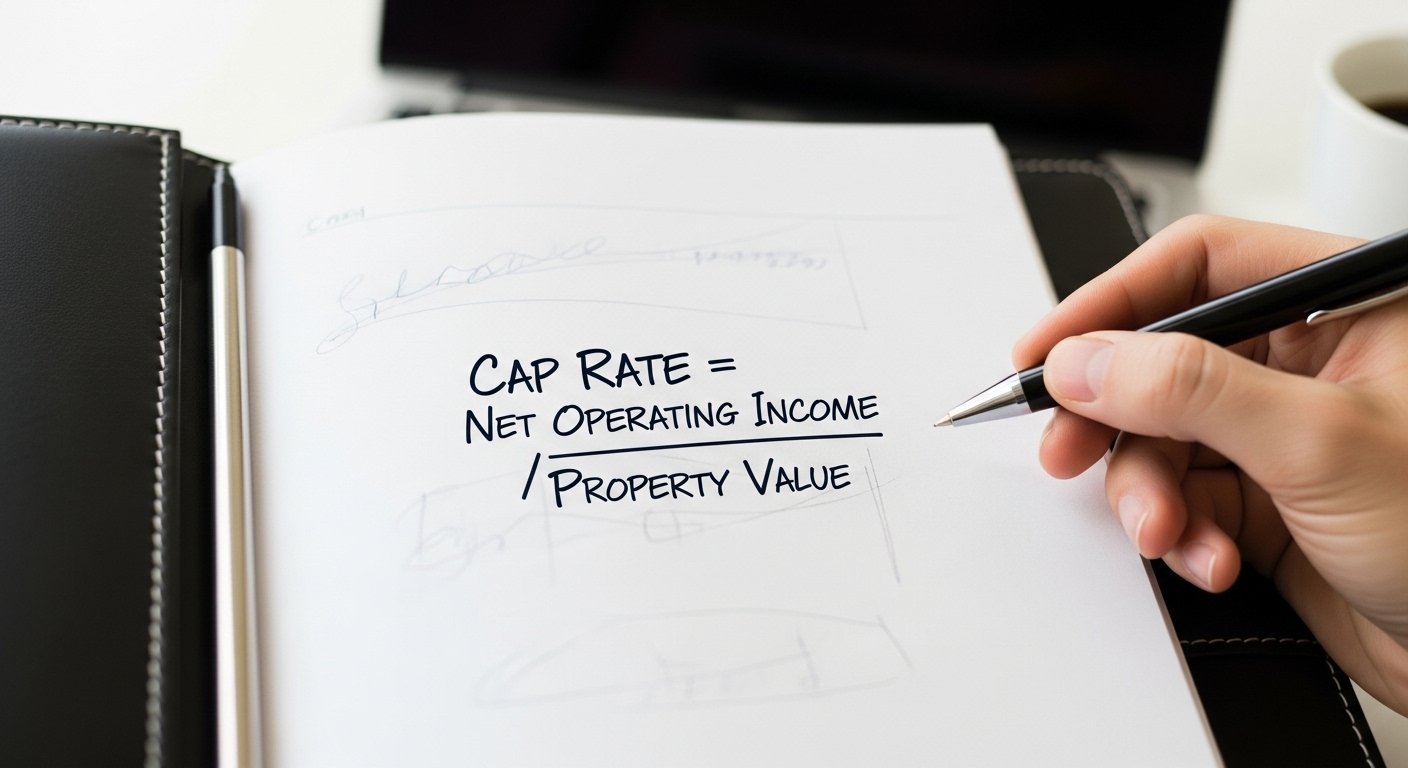
The Formula and Why It Matters
But here’s what no one really talks about: That formula tells you what happened last year, not what’s going to happen next year. And in Miami’s luxury real estate market, next year is what you’re really betting on when you’re investing in a property today.
Cap rates in residential real estate shift based on two things: how much income the property generates, and how much someone’s willing to pay for it. Change either number, and your cap rate changes.
Cap rates aren’t absolutes. They’re a living mile marker that have other important variables acting on it.
In other words, focusing on cap rates and investing in a property only because of that is like buying a stock just because it went up yesterday.
The smart investors understand the variables in play: Can this property maintain its income? Will someone pay more for it in five years? Does we see growth across the whole neighborhood and not just on this lot? Is the building going to need major repairs that kill your NOI or is it a new construction, and built with the future in mind?
The Confusing Case Of Conflicting Cap Rates
A better cap rate is a better investment, right?
A 7% cap rate in a declining neighborhood isn’t the same as a 5% cap rate in an area where luxury developments sell out before completion. The higher number might seem better until you’re dealing with longer sales cycles, vacancy problems, and construction/renovation/maintenance headaches.
In Miami’s established luxury areas, lower cap rates often signal market confidence. When Brickell properties trade at compressed cap rates, it’s usually because buyers trust the income will be stable and the asset will appreciate.
Higher cap rates can mean opportunity, but they can also mean risk that experienced investors already spotted and walked away from.
How Development Quality Affects Cap Rates
This is where most investors completely miss the boat. They’re looking for properties with good cap rates instead of understanding how to create good cap rates.
Timeline Efficiency Creates More Than Just Cap Rate Advantages
Every month a developer saves in construction time improves your investment in ways that don’t show up in initial cap rate calculations.
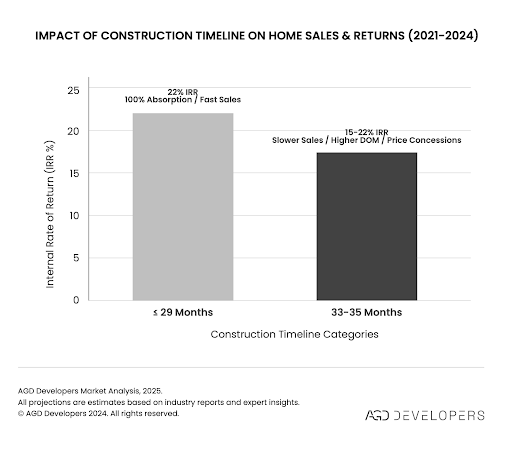
When the project is completed several months earlier than a typical timeline, income generation (and avoiding construction cost inflation and less of carrying costs eating into your returns).
But here’s what’s really happening: that timeline efficiency gets built into the project economics. Faster development often means the developer can offer better terms to investors while still maintaining quality. It’s not just about speed—it’s about exceptional construction and operational excellence that affects every aspect of your investment.
Other developers promise attractive cap rates on paper, then deliver them late, over budget, and with quality compromises that hurt long-term performance. The cap rate that looked good in the pro forma becomes mediocre in reality.
Quality Construction Supports Sustainable Returns
Cap rates in residential real estate deteriorate when properties can’t maintain their competitive position. And in Miami’s luxury market, competitive position is everything.
You’ve probably seen beautiful properties that looked amazing at delivery but started showing problems within two years. Cheap appliances that break. HVAC systems that can’t handle Miami’s climate efficiently.
AGD’s approach focuses on investment-grade construction specifically because we understand cap rate sustainability. Hurricane-rated windows aren’t just about code compliance—they’re about avoiding the capital expenditures that kill returns five years down the road.
Miami’s Residential Investment Landscape
Miami isn’t just another real estate market. The dynamics that drive cap rates in residential real estate here are different from what you’ll find in Atlanta or Denver.
Market Fundamentals Driving Cap Rates
Start with the obvious: international demand. Miami attracts investors and buyers from across Latin America who view U.S. real estate as both lifestyle upgrade and investment stability.
This creates consistent demand for quality properties, which supports cap rate compression in the best developments. When you have end-users willing to pay premiums for U.S. luxury living, properties in the right locations become very profitable.
Florida’s tax structure also affects how cap rates work here. No state income tax means investors keep more of their returns, which influences how much they’re willing to pay for properties. A 5% cap rate in Miami might deliver better after-tax returns than a 6% cap rate somewhere with higher tax rates – so keep that in mind as you determine where to invest.
This might be stating the obvious, but Miami isn’t all premium. A few blocks can mean the difference between properties that trade at optimal cap rates while others struggle.
And while we’re at it, this is an entirely valid investment strategy, too. But you have to be prepared for that, and should discuss any plan with a trusted real estate developer in Miami, first.
Diving Deep Into Neighborhood Market Realities & Cap Rate Impact
Coral Gables properties trade differently than Brickell high-rises, which trade differently than Coconut Grove. Each area attracts different buyer profiles with different profit potential and sale timelines and deltas.
Established neighborhoods with strict zoning often see cap rate compression because supply is naturally limited. When new luxury development is restricted, existing quality properties maintain their competitive advantages longer.
Emerging areas might offer higher cap rates, but you’re betting on neighborhood evolution that might not happen according to your timeline. Miami has plenty of “up and coming” areas that stayed up and coming for decades.
Waterfront proximity commands premium cap rates, but it also comes with insurance costs and maintenance challenges that can affect NOI in ways that surprise investors from non-coastal markets.
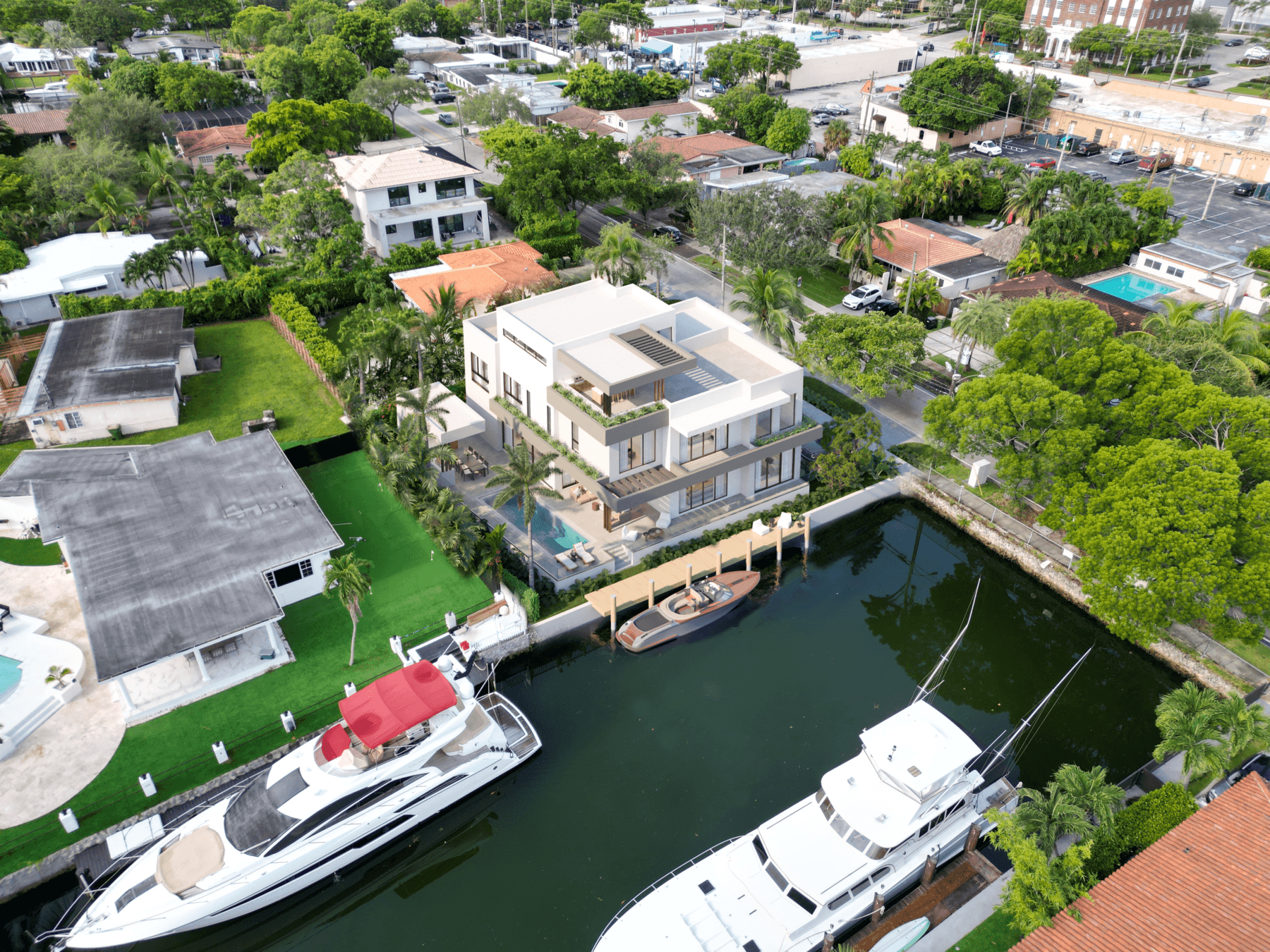
International Investor Considerations
If you’re investing in Miami luxury real estate from abroad, cap rates in residential real estate become more complex because you’re dealing with currency risk, tax implications, and remote management challenges.
Currency and Economic Factors
Chilean investors might see attractive cap rates in dollar terms, but peso weakness can affect how those returns translate back to their home currency. During periods of volatility, what looks like a 6% return might perform very differently when converted back to local currency.
This is why many international investors focus on dollar-generating assets rather than optimizing for the highest peso-denominated cap rates. Miami luxury real estate provides dollar income stability that can hedge against home country currency risk.
Economic conditions in Latin America also influence how attractive Miami cap rates appear. During political or economic uncertainty in home countries, Miami properties offering 5% cap rates might seem more attractive than domestic opportunities promising higher yields with greater instability.
Tax Optimization and Cap Rate Enhancement
U.S. tax implications can significantly improve your effective returns from Miami residential investments, but most international investors don’t understand these benefits during initial cap rate evaluations.
Depreciation deductions, mortgage interest deductions, and proper entity structuring can enhance after-tax yields substantially. International investors who work with qualified tax advisors often achieve effective returns that exceed gross cap rate calculations.
However, this requires sophisticated planning that many overseas investors overlook. The result is that they focus too heavily on gross cap rates when net returns tell a completely different story.
Going Beyond The Metrics to Better Decision-Making
Holistic understanding is better than the shiny object. This level of acumen only comes from the seasoned investor and can make or break your next residential real estate project.
For international investors considering Miami luxury real estate, cap rates provide important information, but total return potential matters more than initial yield optimization.
The most successful investors we work with focus on development partners who engineer sustainable cap rate performance through superior execution, rather than chasing opportunities with the most attractive initial projections.
Cap rates matter. We’re not trying to say that they don’t. But they matter most when they’re supported by professional development, quality construction, and ongoing management excellence that protects your investment over time.
If you’d like to learn more about our market research methods, our investment opportunities, or what it’s like to collaborate with our team, send us an email. We’d love to hear from you.
